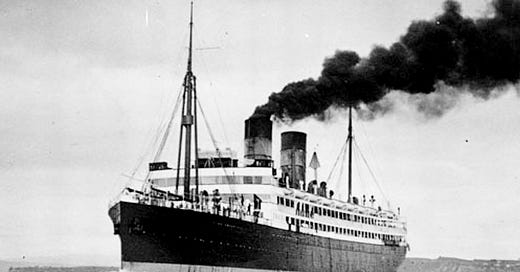Before missionaries arrived, Sāmoans had prayers:
‘This light is for you, O king and gods superior and inferior! If any of you are forgotten do not be angry, this light is for you all. Be propitious to this family; give life to all; and may your presence be prosperity. Let our children be blessed and multiplied. Remove far from us fines and sicknesses. …
Keep reading with a 7-day free trial
Subscribe to Michael Field's South Pacific Tides to keep reading this post and get 7 days of free access to the full post archives.



